Adult Books For YA Readers: Point Of View, Voice, And Distance
The kidlit publishing world loves, them, their first-person narrators. They're all over the place in children's and YA books. I can tell you from first-hand experience that a first-person point of view is a quick and dirty way of creating a strong voice, something that's also liked in kidlit. Not that there's anything wrong with that. Who doesn't enjoy reading a book with a strong voice, whatever your age? In kidlit, first-person narrators sometimes sound a lot alike, though. You've got your smart girls, your wise-ass boys, your angst-ridden teens, your smart, wise-ass girls, your wise-ass, angst-ridden teens, your precocious smart, angst-ridden kids of either gender.
To be fair, it's hard to come up with anyone who hasn't been done before--a lot.
Related to point of view and voice, at least in my mind, is distance. One of the defining elements of a children's or YA book (to my knowledge, anyway) is that the action is taking place now. Those first-person narrators are living their experiences as they are relating them to us. Adult characters recalling their childhoods usually appear in adult books because there is an adult sensibility at work. These adults are now distant from their childhood selves. The adult narrator has knowledge of what happened after the events in the story, which child narrators living in the moment do not.
All of this relates to the adult books I'm talking about this week. They both use a first-person narrator with a strong voice. Their narrators are quite different in terms of their distance from the events they're relating to us, though.
The Dead Father's Club's eleven-year-old first-person narrator, Philip, uses a very strong voice that speaks to us in a sort of stream-of-consciousness manner. We're not talking Virginia Woolf To the Lighthouse stream-of-consciousness here. But Philip doesn't waste any effort on quotation marks for dialogue or apostrophes for contractions, and his mind does tend to jump from one thing to another. This appeared to me to be an attempt to duplicate the thinking of a child. I'm not sure how successful the author was with this, because I can't recall how eleven-year-olds think. Does this narrator sound like a child or does he sound the way adults think children sound? Don't know.
Philip is, though, both funny and tragic. It seems to me that he could serve as a gateway narrator, a child leading teenage readers, particularly students of Hamlet, into the world of adult mainstream fiction.
Mary Russell of The Beekeeper's Apprentice also has a very powerful, first-person voice. She is very distant from the World War I era story she tells, though, since in an "Author's Note" she indicates that she is now in her nineties. She makes it clear that she is dealing with memories. The very first words of the first real chapter--"I was fifteen when I first met Sherlock Holmes"--indicate that this story is not happening now. And her knowledge of what is going to happen definitely has an impact on what she tells us, as when she says when introducing a case she and Holmes take on, "...had Holmes...not allowed me to participate, God alone knows what we would have done when December's cold hit us, unprepared and unsupported." Russell knows what's coming, and it's bad.
Mary Russell, whether the elderly story teller or the teenage protege of Sherlock Holmes, is an extremely intelligent and highly educated individual who speaks in the elegant, sophisticated manner of another age. She is no Georgia Nicholson or Holden Caulfield wannabe, that's for sure. Why would the book she narrates be of interest to young readers?
Because point of view, voice, and distance are not the only things that attract readers to books. You also have to consider theme. And tomorrow we will.
Labels: Gail goes on and on, mysteries, Reader response, YA
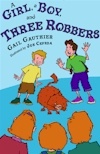
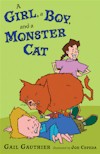
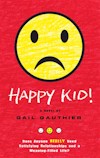
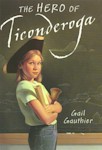
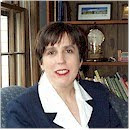



0 Comments:
Post a Comment
<< Home